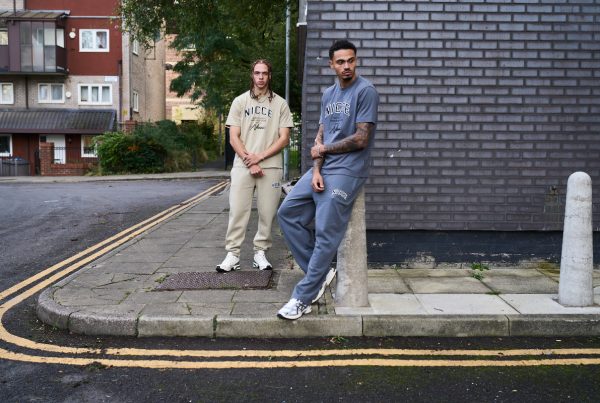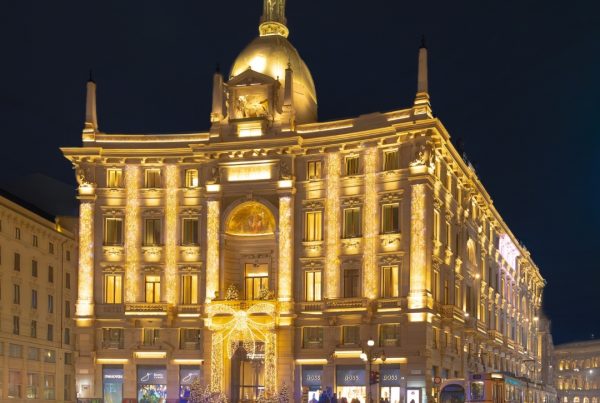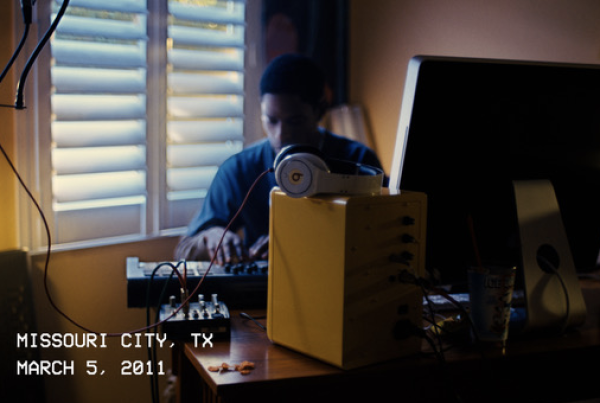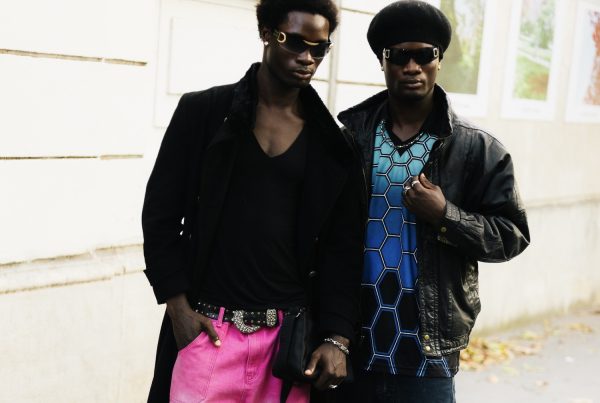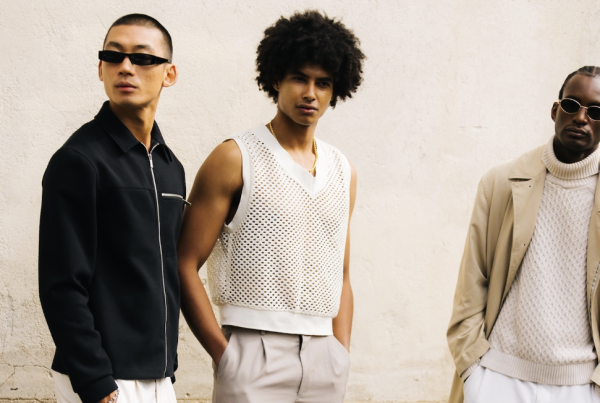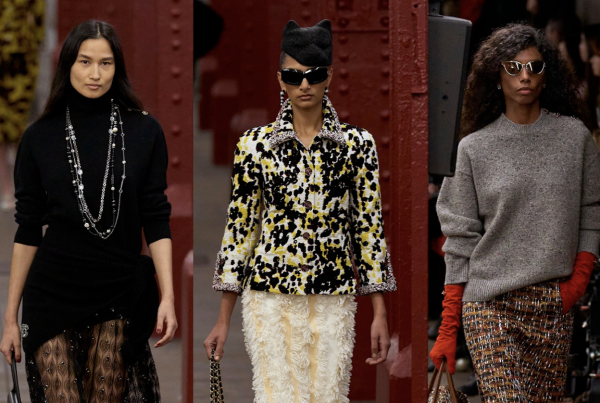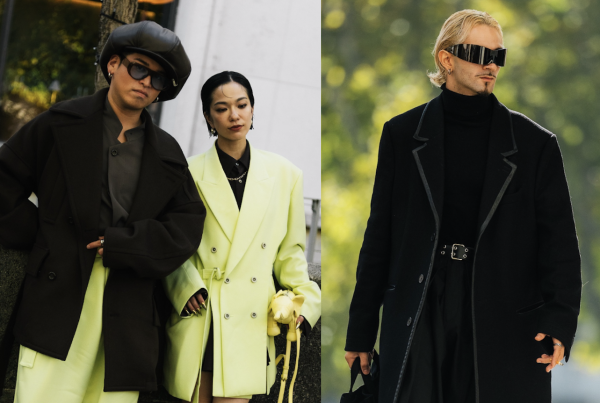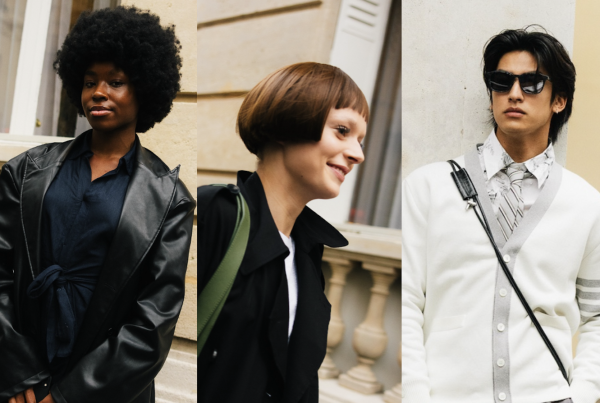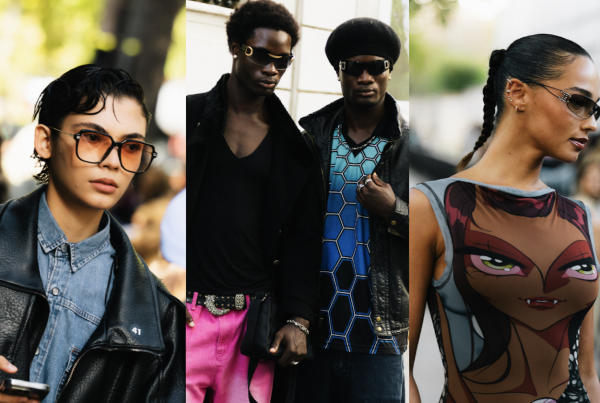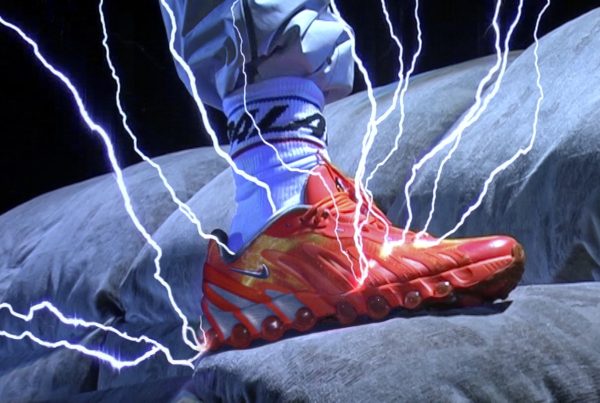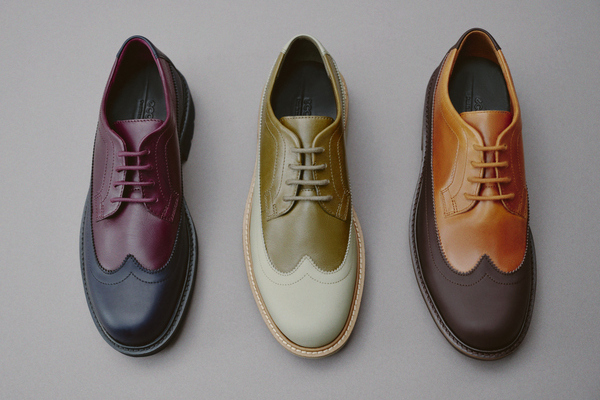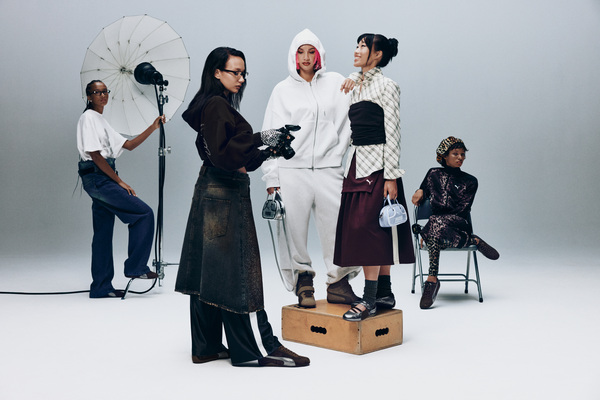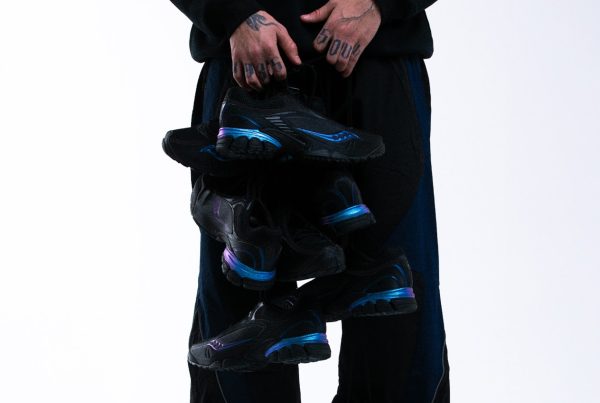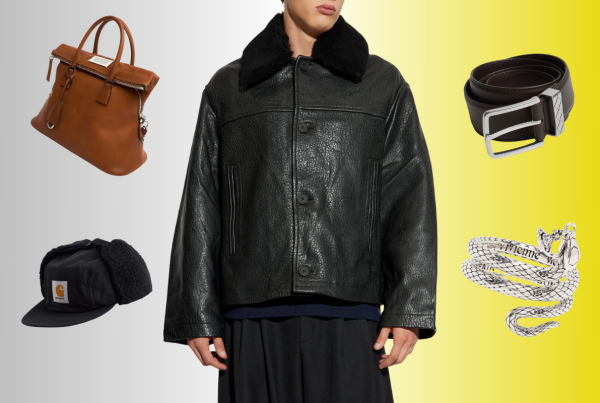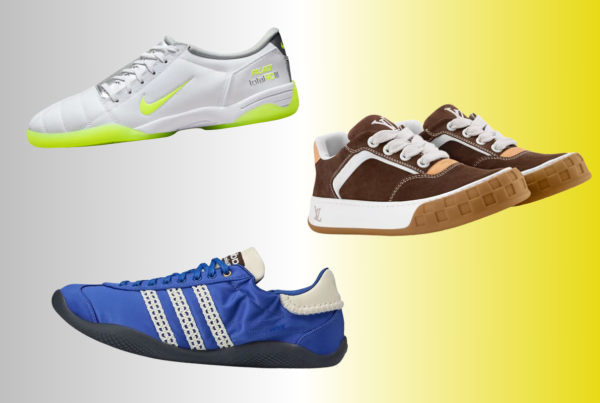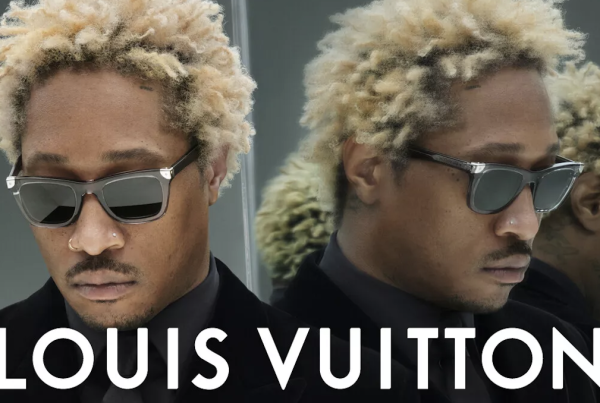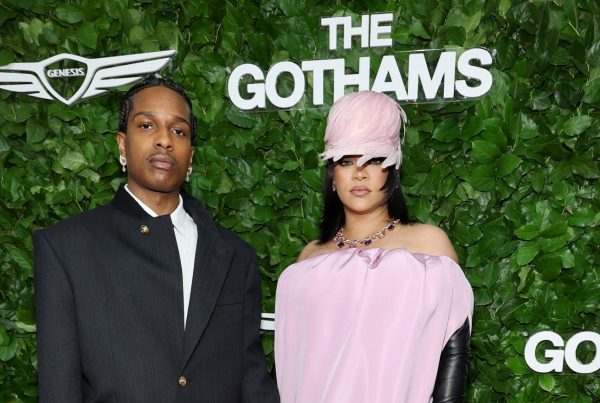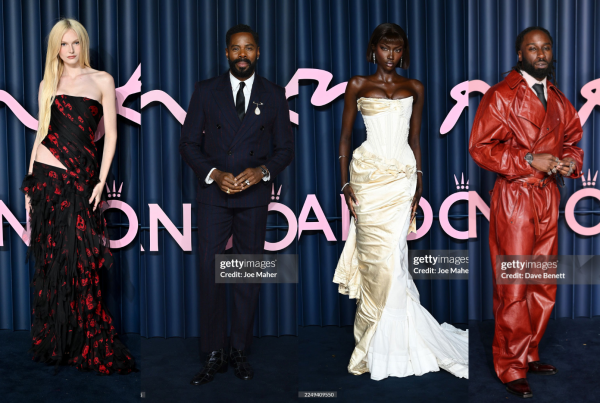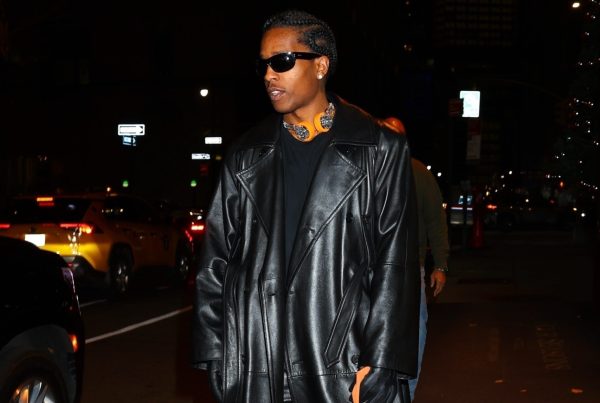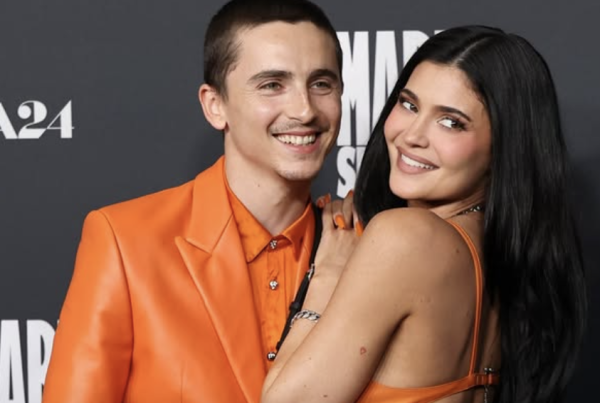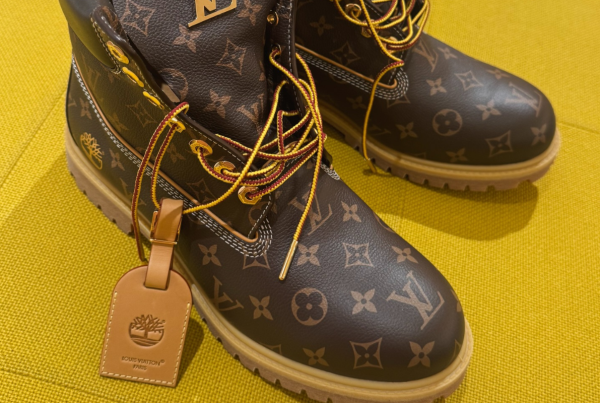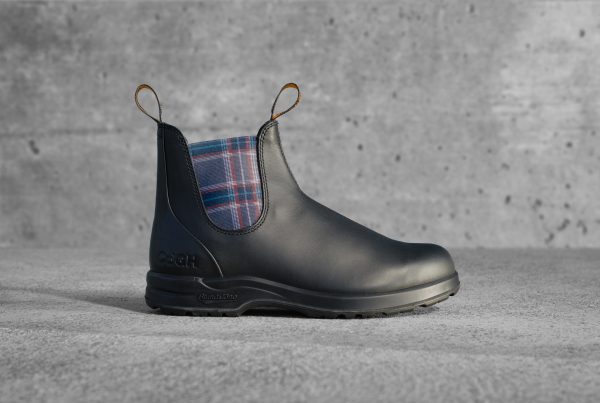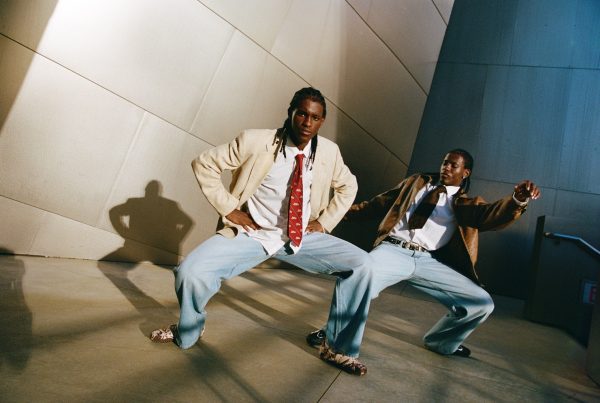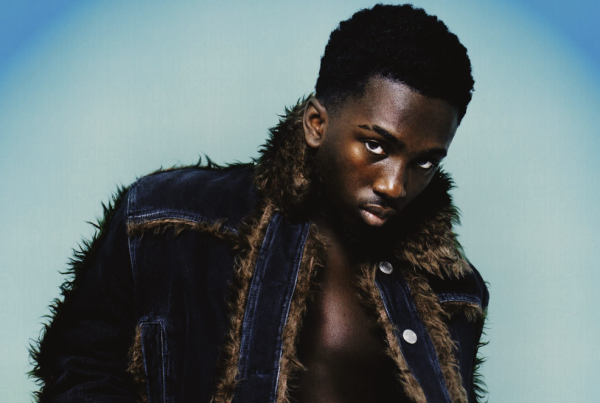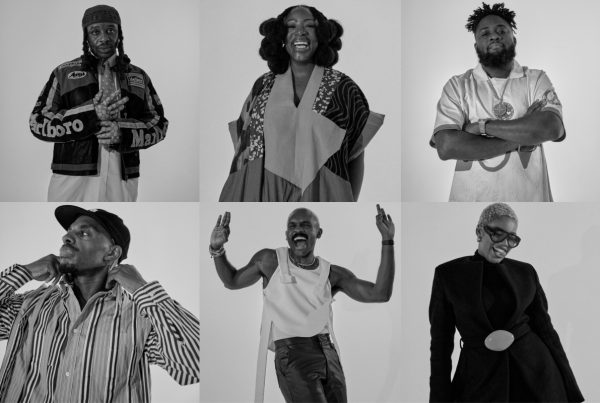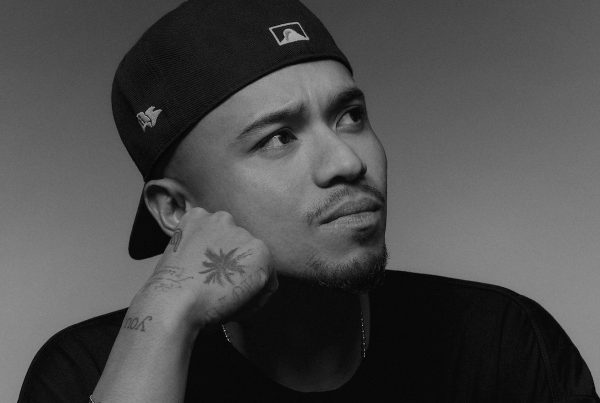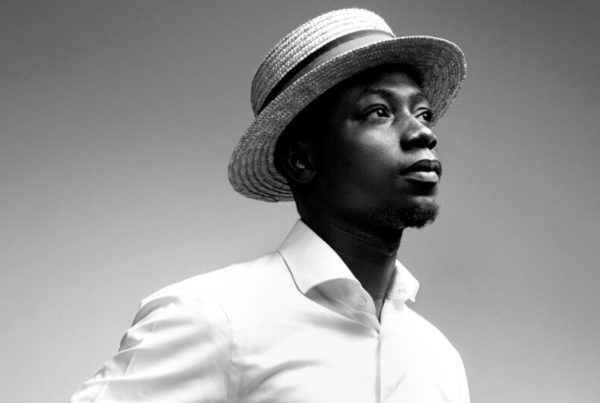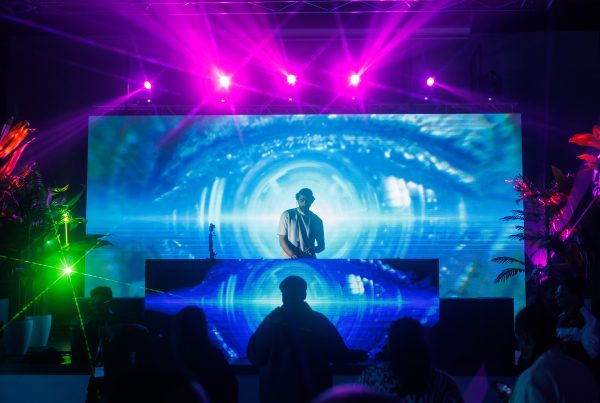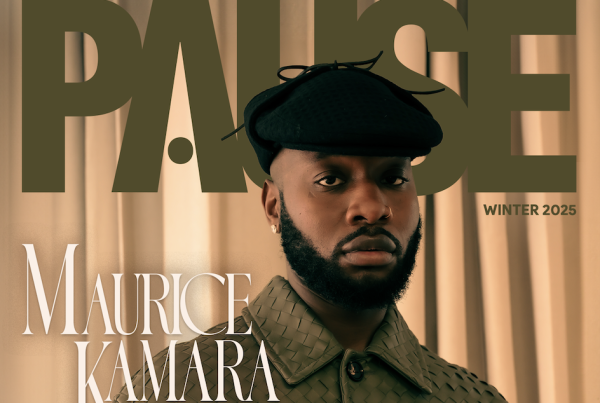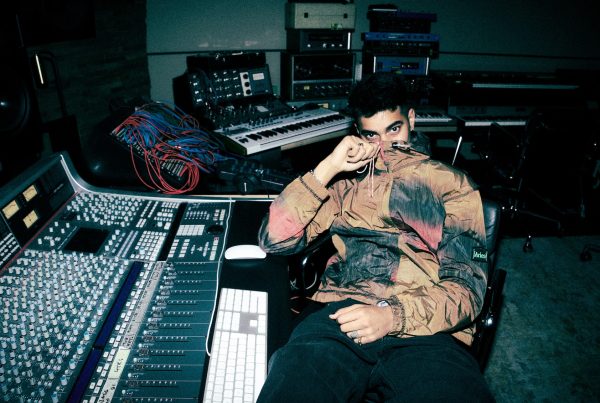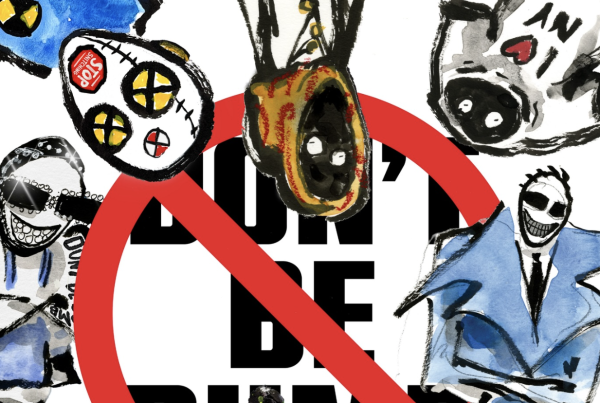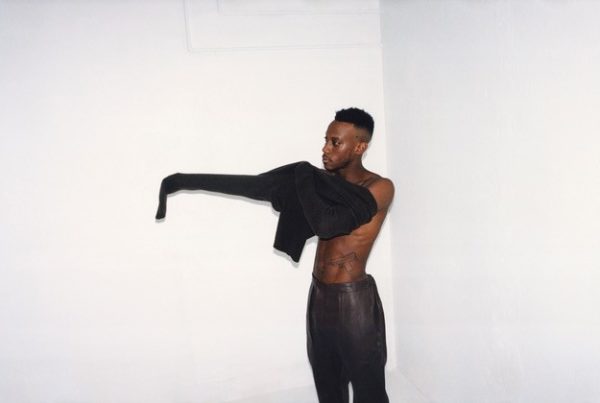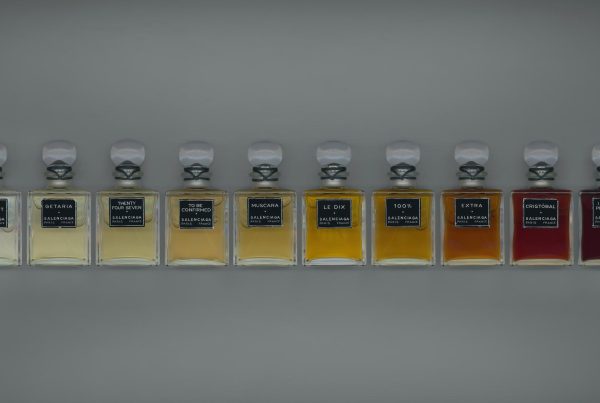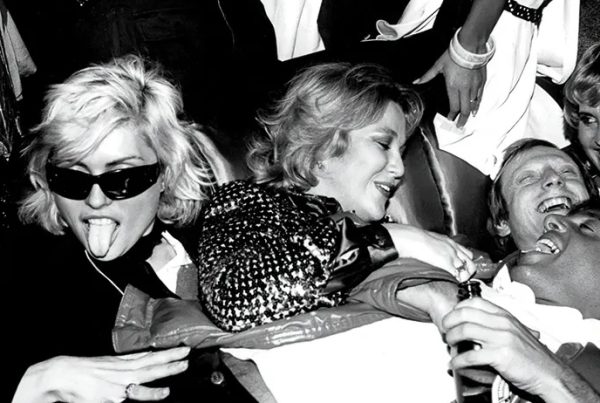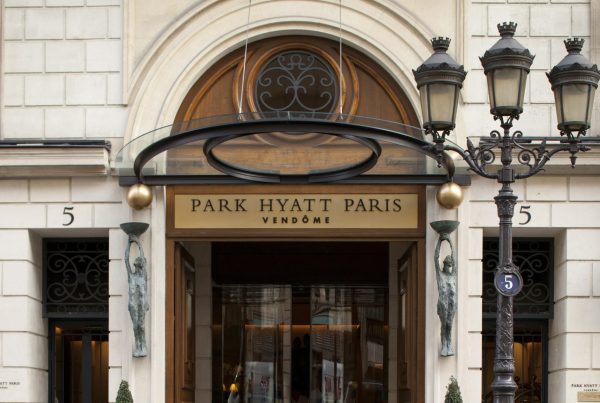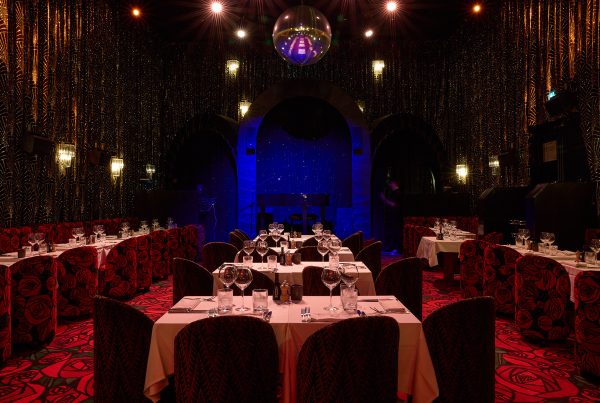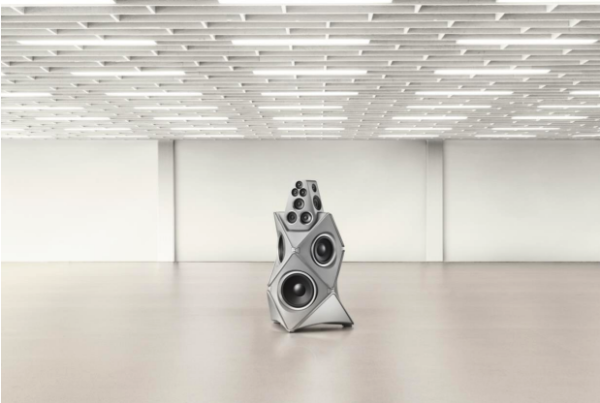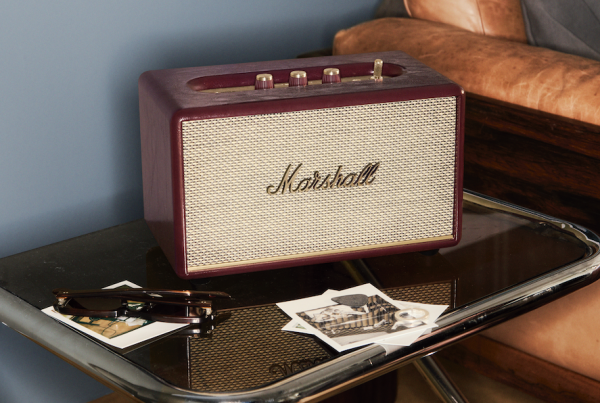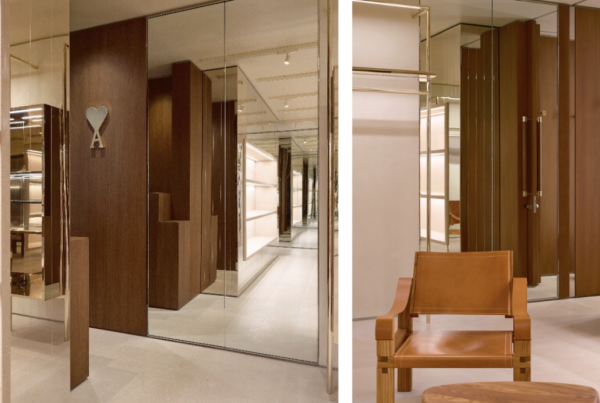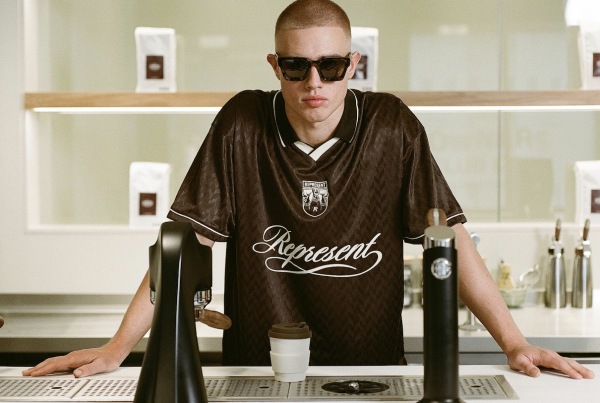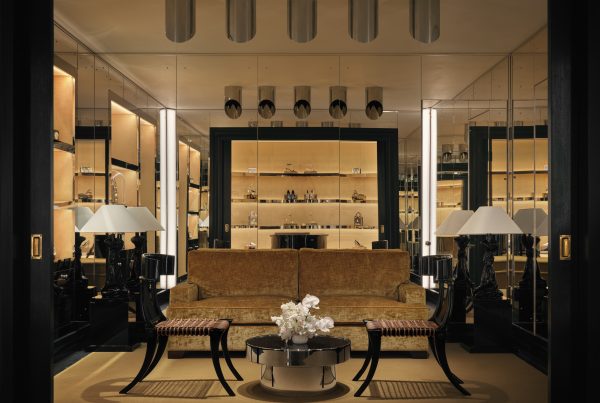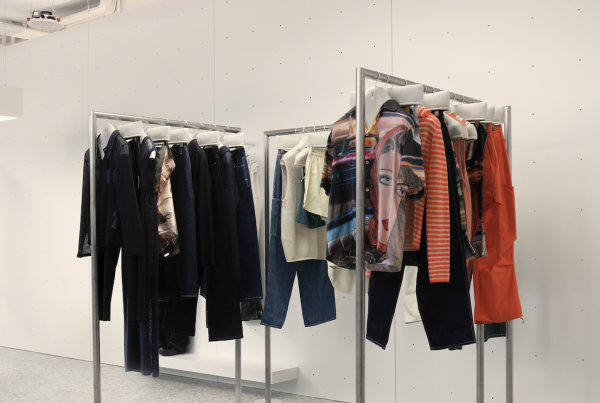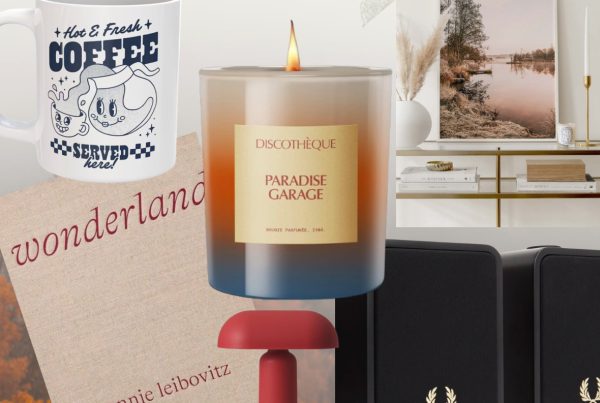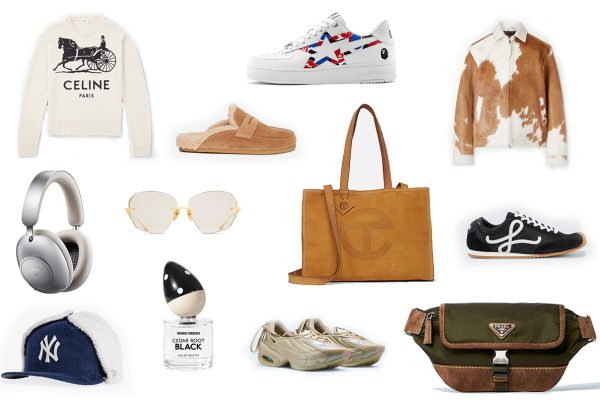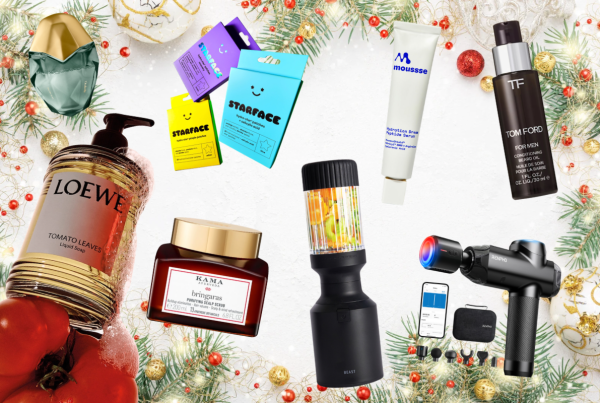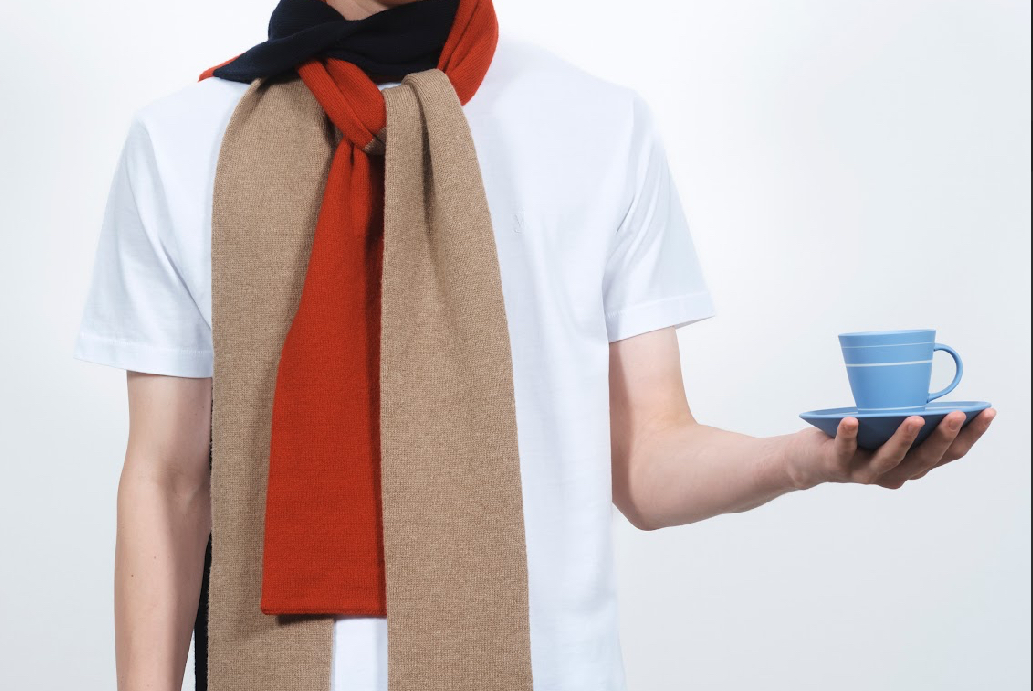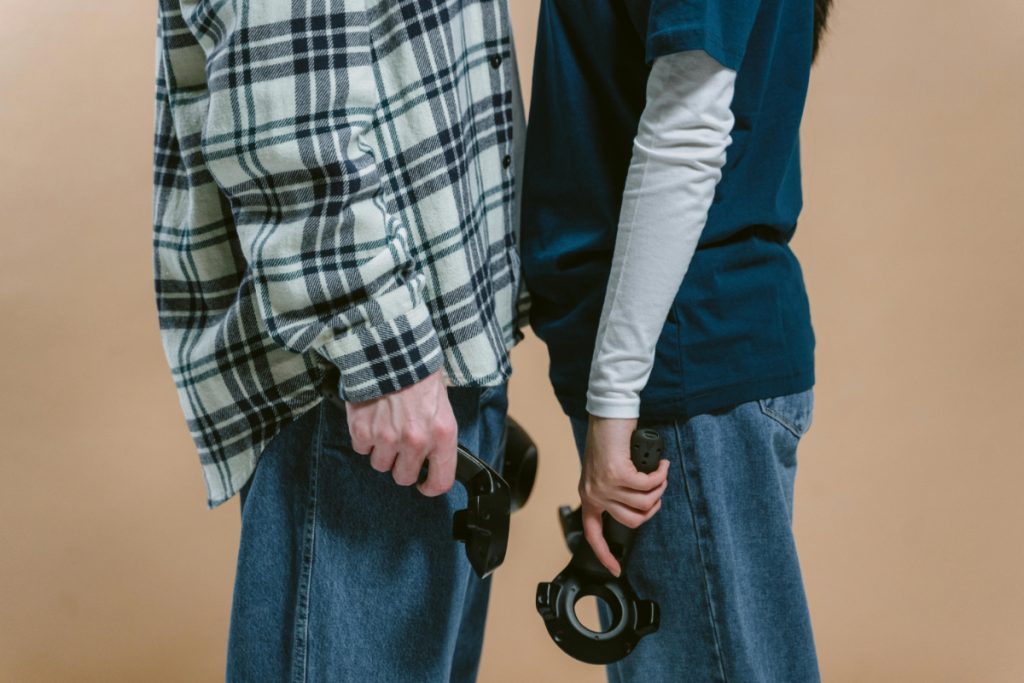 Fashion brands continue partnering with gaming platforms to reach younger, digitally native audiences. These collaborations blend luxury style with virtual experiences, creating new revenue streams and brand engagement opportunities. According to UK Fashion & Textile Industry statistics, the UK fashion market generated £85.85 billion in revenue in 2024, making it the third-largest apparel market globally. From avatar skins to immersive campaigns, fashion is redefining its presence in the gaming world, where UK gaming revenue reached £4.62 billion in 2024. This convergence reflects how brands are adapting to digital-first consumer behaviours, with innovative mobile casino design principles inspiring cross-platform experiences that seamlessly blend entertainment and commerce.
Fashion brands continue partnering with gaming platforms to reach younger, digitally native audiences. These collaborations blend luxury style with virtual experiences, creating new revenue streams and brand engagement opportunities. According to UK Fashion & Textile Industry statistics, the UK fashion market generated £85.85 billion in revenue in 2024, making it the third-largest apparel market globally. From avatar skins to immersive campaigns, fashion is redefining its presence in the gaming world, where UK gaming revenue reached £4.62 billion in 2024. This convergence reflects how brands are adapting to digital-first consumer behaviours, with innovative mobile casino design principles inspiring cross-platform experiences that seamlessly blend entertainment and commerce.
- Expanding brand reach through virtual fashion
Luxury and high-street fashion labels are launching digital wearables in games like Fortnite, Roblox, and League of Legends. These virtual items allow players to express personal style while reinforcing brand identity. Balenciaga’s partnership with Fortnite introduced high-fashion skins that generated millions in revenue, whilst Gucci’s virtual handbag in Roblox sold for more than its real-world counterpart. These collaborations tap into the £32.15 billion UK gaming market, where 37 million players actively engage with digital content. Virtual fashion items have become status symbols within gaming communities, creating new monetisation opportunities for brands that previously relied solely on physical retail channels.
- Influencer-led gaming campaigns
Fashion brands are leveraging gaming influencers and esports personalities to promote digital collections. These partnerships help brands tap into loyal fanbases and improve authenticity in virtual spaces. With UK esports viewership growing rapidly and gaming content creators commanding millions of followers, fashion houses recognise the marketing potential of these digital tastemakers. Burberry’s collaboration with Minecraft creator MrBeast reached over 100 million viewers, showing the reach possible through strategic influencer partnerships. These campaigns create authentic connections with younger demographics who spend more time in virtual worlds than traditional media channels, changing how luxury brands approach customer acquisition.
- Gamified marketing and e-commerce integration
Some brands are creating gaming experiences to showcase collections, merging storytelling with commerce. Balenciaga’s interactive game Afterworld and MAC’s in-game product launches exemplify this trend perfectly. According to Statista’s gaming data, 97.5% of UK video game sales occur online, highlighting the digital-first nature of modern consumers. These gamified experiences allow brands to showcase products in interactive environments where users can explore collections through gameplay instead of traditional catalogues. The integration of e-commerce directly into gaming platforms allows for seamless purchasing, reducing friction between discovery and transaction whilst creating memorable brand experiences.
- The rise of ‘phygital’ fashion experiences
Blending physical and digital fashion, brands are offering limited-edition items both in-game and in real life. These hybrid campaigns deepen engagement and create collectable value across platforms. Nike’s digital sneakers in Fortnite unlock exclusive real-world merchandise, whilst Ralph Lauren’s digital collection in Zepeto includes QR codes linking to physical purchases. This ‘phygital’ approach leverages the best of both worlds, creating scarcity and exclusivity that drives demand whilst building communities around shared virtual and physical experiences.
Fashion’s integration into gaming is a fundamental shift in how brands engage with digital-native consumers, creating immersive experiences that transcend traditional retail boundaries and establish new paradigms for customer interaction.

